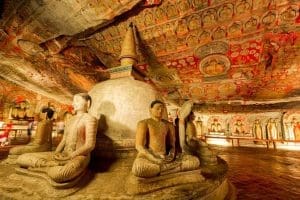
Once forbidden to the West, Myanmar, or Burma, has seen a dramatic recent rise in tourism that threatens its intrinsic charm. Mark Bibby Jackson examines the booming sector and discovers some places off-the-beaten track to visit before it’s too late.
After so many years of boycotts and sanctions, Myanmar has seen an unprecedented explosion in tourism. In 2012, the country broke the one million visitors barrier. This year it will be three million and by 2015 numbers are expected to rise to five million. That’s a long haul from the 762,547 people who ventured to the country in 2009.
It’s easy to see why they are coming. “There is still a real sense of a unique Asia character not overrun by the ravishes of chain stores and international corporations,” says Phnom Penh-based photographer Nathan Horton, who has run tours to Myanmar since April 2012.
“It has many attractive sites, mainly in terms of religious monuments, in nearly every city, but also has a lot of diversity from ancient ruins, colonial buildings, attractive countryside, great trekking potential with open and friendly ethnic minorities and of course the unique nature of Inle Lake – both pretty and interesting culturally,” he says.
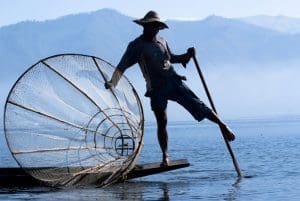
With tourist numbers only likely to increase, there is a danger that Myanmar may be losing the charm that makes it so attractive to tourists, both mass and independent travellers alike. This is certainly the case as regards the quality and price of hotel accommodation.
“Demand often overruns supply of decent hotels, so the good ones can cost a lot and your second choices can be fairly lousy,” says Horton. “Standards are getting better, but price does not appear to be coming down.”
Anne Cruikshanks, country manager for cycling tour company Grasshopper Adventures, agrees. “We found that in 2012 and 2013 the complaints about hotels increased dramatically,” she says.
It is not just accommodation that people are complaining about. Many have raised concerns about the environmental impact of tourism on architectural heritage in major cities such as Yangon and Mandalay.
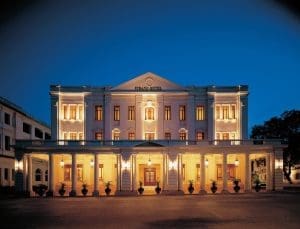
Marcus Allender, managing director and founder of travel website Go-Myanmar.com, talks of construction sites popping up all over Yangon and in major tourist sites such as the temple hub of Bagan and Lake Inle.
The mad rush to fill hotel demand could potentially cause long-term damage. “With land grabs and the bulldozing of sensitive environments – whether urban or rural – being issues for concern, some might argue they are building too fast,” says Allender.
The country’s sudden ‘in’ status also threatens it attracting naive tourists. “Sadly, I think we are getting many tourists coming to Myanmar because they have seen it in magazines as a ‘must see’,” Cruikshanks says. “Often these travellers do not do their research in advance and are being culturally insensitive or rude to the local people and complain endlessly about the Internet, phone connections etc.”
Cruikshanks is just one tour operator in the country trying to lure unsuspecting independent travellers away from the well-worn Yangon – Bagan – Lake Inle – Mandalay route. “The northern Shan State (Kyauk Me, Hsipaw area) offers great trekking opportunities; the Mon and Kayin states are also fabulous outdoor destinations,” she says.
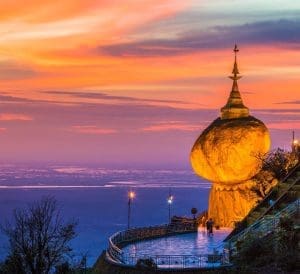
Another tour operator, who preferred to remain anonymous – such is the reticence to appear in print in the country – highlights the precariously perched Kyaiktiyo Pagoda or Golden Rock in Mon state, Mount Victoria or Natmataung, the highest point in westerly Chin state, and the southern Mergui Archipelago with over 800 islands as alternate sites.
However, she reserved special praise for Hpa-an in Kayin State, which borders Thailand. “Many more visitors will love the mountainous scenery in and around Hpa-an and the cultural, historical heritage in those areas,” she says.
Mon and Kayin states are definitely areas to keep an eye on, according to Cruikshanks. “They have spectacular scenery – ideal for biking, kayaking and trekking – and the hotels are of a decent standard.”
But she leaves me with a major caveat that I hear repeated time again. “Once the road condition improves further, it will be an easy extension from Yangon (at present it’s around five to seven hour-drive).”
The northern Chin State and Sagaing division are “also stunning but the condition of roads and lack of accommodation options mean that it needs several more years to develop.”
Both Horton and Allender say that the quality of roads is gradually being improved, but the nationwide network will take a long time to fix. Premium long-distance buses between major destinations are comfortable, Allender claims, but “places more off the beaten track require determination to get to”.
Similarly “taking the train can be a fun way to travel, but the railways are in a shocking state and journey times are long,” he says. As for planes? “A lack of real competition means that prices are higher than they should be and services are unreliable”.
Security also can be a major issue for more intrepid travellers. “The northern parts in Kachin states will surely be very exciting for the visitors, but the unstable situation between ethnic groups is still hindering the development of the place,” says the anonymous tour operator.
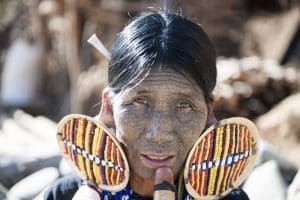
Difficult to get to and expensive, with bad accommodation and security concerns, sometimes it seems hard to explain why people love Myanmar so much.
“For me, the most interesting and exciting thing about Myanmar as a tourist destination is that it offers such huge variety in terms of culture and scenery – and that so much of it is still to be discovered,” explains Allender. “I spent Christmas motor-biking around northern Chin State, which is a beautiful and mountainous region in the west of the country. I saw three other foreigners in ten days.”
In today’s travel-crazy world there are few places where you truly can get away from it all, regardless of what travel brochures and magazines may claim. Myanmar is one such place.
So long as you avoid the main tourists sites and are prepared to rough it a bit, the opportunities are limitless. Get there while you can, it won’t be the same in ten years’ time.

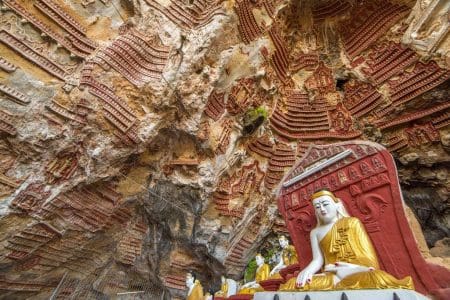
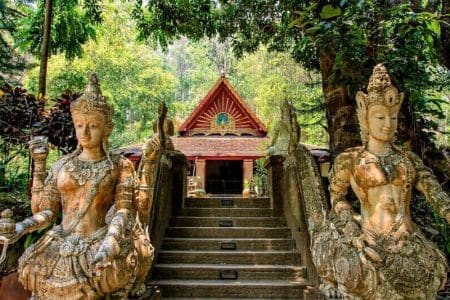
One thought on “Off-the-beaten Track in Burma”